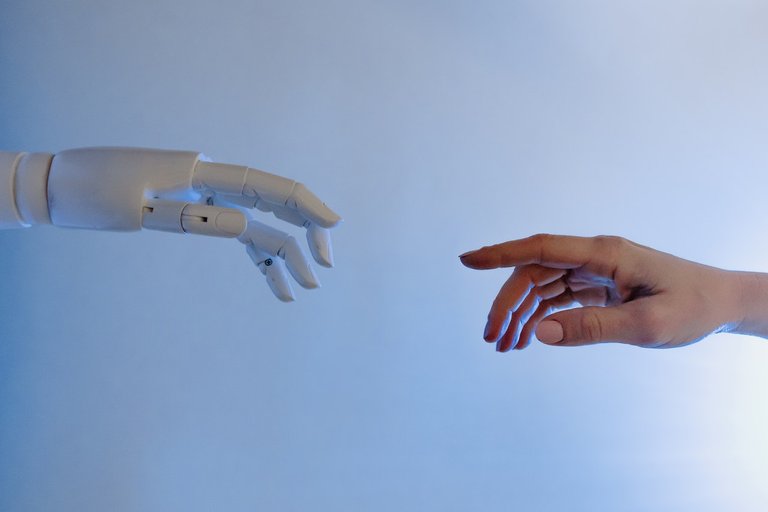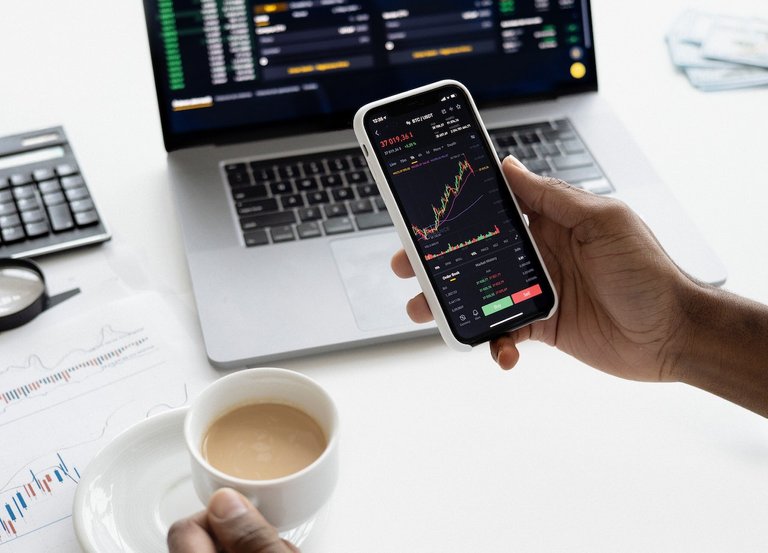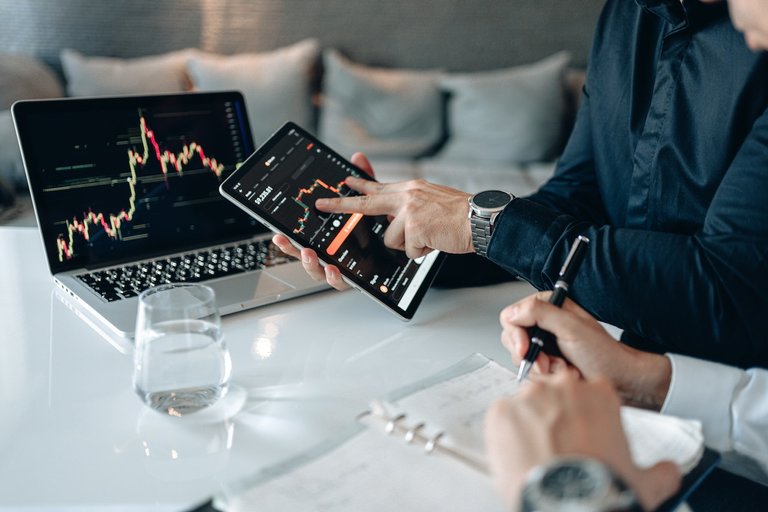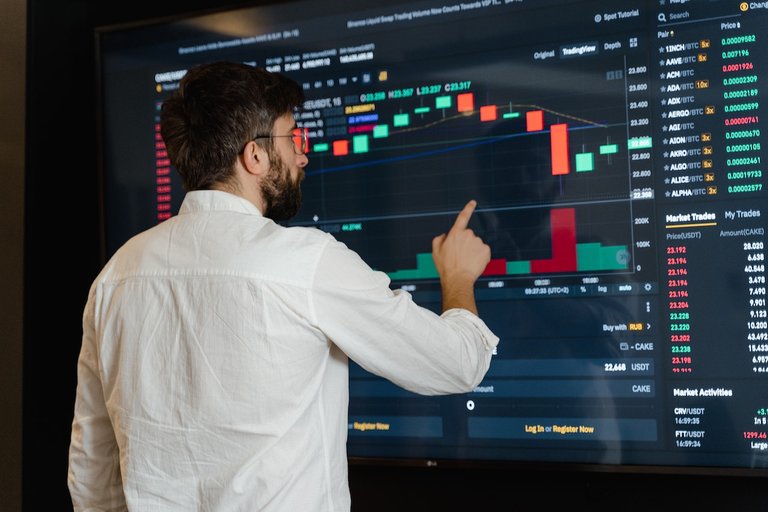The world of financial trading is constantly evolving, and in recent years, one of the biggest changes has been the integration of artificial intelligence (AI) into the trading process. From high-frequency trading algorithms to predictive analytics, AI is changing the way we buy and sell stocks, bonds, and other financial instruments. In this article, we'll take a closer look at how AI is changing the face of the markets and what it means for traders like you and me.
One of the most significant ways that AI is impacting financial trading is through the use of high-frequency trading algorithms. These are computer programs that can analyze market data and make trades in milliseconds. These algorithms can take advantage of small price discrepancies and execute trades at a faster rate than any human trader could. This has led to a significant increase in trading volume and volatility in the markets.

High-frequency trading algorithms have also led to a more efficient market, as they can identify and exploit inefficiencies in pricing almost instantly. However, this efficiency has also led to some concerns, as high-frequency trading algorithms can place a heavy burden on market infrastructure, leading to concerns about market stability. Additionally, these algorithms have been known to exacerbate market volatility, making them unpredictable.
Another way that AI is impacting the markets is through predictive analytics. By analyzing large amounts of market data, AI algorithms can identify patterns and make predictions about future market movements. These predictions can then be used to inform trading strategies and make more informed decisions about when to buy or sell. This has led to an increase in the efficiency of trading and a reduction in the cost of trades.

Predictive analytics allows traders to analyze large amounts of data in real-time, and use that data to make predictions about the future. It allows traders to identify trends and patterns, and make predictions about how the market will move. It also helps traders to identify opportunities to buy or sell before the market moves, thus enabling them to make the most of their investments.
However, as with every technology, AI also has its downsides. For instance, one of the challenges is that AI systems require vast amount of data, and the accuracy of predictions is directly proportional to the quality of data. Additionally, AI systems are just like humans, prone to errors and biases. For example, if an AI system is trained on biased data, it can perpetuate those biases in its predictions. This can lead to a scenario where predictions can be far off the mark, leading to significant losses for traders.

As a trader, it's important to stay informed about the ways that AI is impacting the markets. By understanding how these systems work, you can develop strategies to take advantage of the opportunities they present, while also mitigating the risks. Additionally, it's essential to keep in mind the limitations of AI and use it as a tool to enhance your trading rather than relying solely on it. For instance, by combining the insights provided by AI with your own analysis, you can create a more robust and successful trading strategy.
In conclusion, AI is undoubtedly changing the face of the markets and will continue to shape the way we trade in the future. With the ability to analyze huge amounts of data in seconds, and make predictions on future market movements, AI is making the trading process more efficient, and cost-effective. However, it's crucial for traders to stay informed about the potential risks and limitations of AI, and use it as a tool to enhance their trading rather than solely relying on it. With the appropriate approach and mindset, you can leverage AI to gain an edge over other traders and achieve your financial goals
